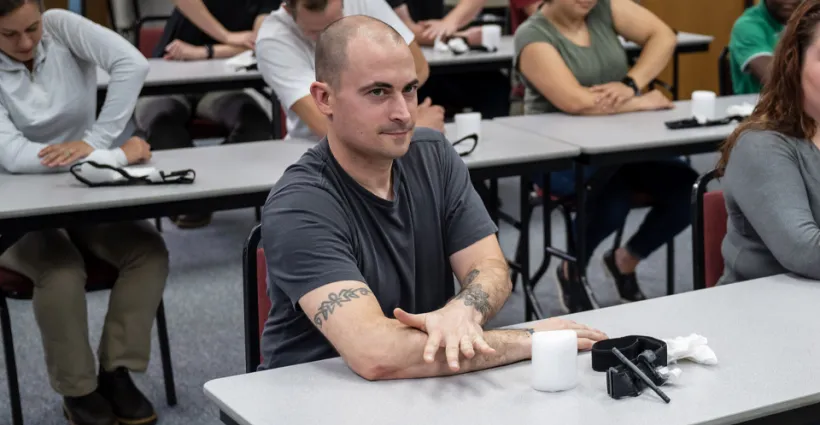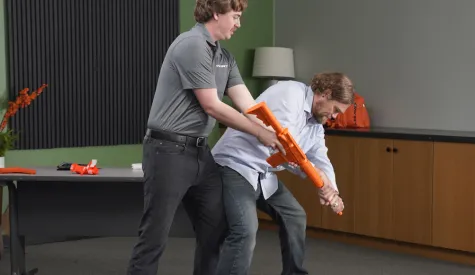AVIRT: The Importance of Emergency Bleeding Training

Bleeding isn’t always life-threatening. But when severe bleeding occurs, immediate responders can be the difference between life and death when medical care is delayed.
With National STOP THE BLEED® Day right around the corner, we want to emphasize the importance of emergency bleeding training and being prepared to become an immediate responder.
Minutes Count During a Severe Bleeding Emergency
The average time for first responders to arrive during an emergency is 7 - 10 minutes under normal circumstances. But response times can be even longer during an active violence event or when you’re in a rural or remote area.
Now consider that a person can bleed to death in as little as 3 minutes after a severe injury.
This is a huge gap in time during a critical moment. You can make a difference in a person’s chance of survival by learning how to apply bleeding control measures.
How to Apply Direct Pressure to a Bleeding Injury

The quickest way to control a bleeding vessel, and therefore reduce the life-threatening effects of blood loss, is to apply compression to it.
Direct pressure is a standard method to control bleeding and can be applied anywhere to the body.
Anyone can apply direct pressure using their fingertips on the point of bleeding. This technique best generates firm compression.
Follow these three quick bleeding control steps:
- Locate the bleeding. Quickly expose and inspect the wound.
- Apply direct pressure. Using a clean pad, apply firm and constant pressure directly on the point of bleeding (use gloved hands if a pad isn’t available).
- Maintain pressure. If blood soaks through the pad, leave it in place and apply a second pad on top of the first. When bleeding is controlled, maintain continuous direct pressure.
For a more serious wound, it might be necessary to pack a dressing into the wound to maintain pressure.
Emergency Bleeding Training: Get AVIRT
Don’t know how to pack a wound? Want to learn how to correctly place a tourniquet?
AVIRT (short for Active Violence Emergency Response Training) teaches individuals and organizations how to stop the bleed of severe injuries and respond to active violence situations.
Learn more about AVIRT today.


